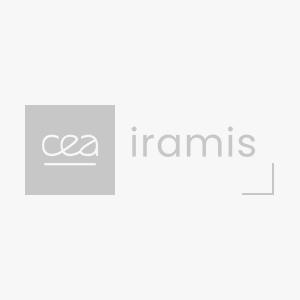Nuclear ceramics are refractory solids which possess interesting physico-chemical properties such as high chemical stability and strong resistance against irradiation. For specific applications such as the safe and long term disposal of radioactive waste and the development of inert fuel matrices for actinide transmutation, it is of prime importance to study in this type of materials both (i) the production and recovery of radiation damage and (ii) the behavior of foreign species introduced in the matrix due to the fission reactions or to the presence of radioactive elements. In this framework, the effect on the ceramic matrices of the alpha decay of actinides, leading to the production of He gas and alpha recoil nuclei, appears as a mandatory issue to study
This lecture presents the study of the microstructural modifications induced in several nuclear materials (zirconia, spinel and silicon carbide) by He and Ar ion implantation, as well as the effect of post-implantation thermal annealing on the crystal stability. Advanced techniques, such as Rutherford backscattering spectrometry in channelling geometry (RBS/C), high-resolution X-ray diffraction (XRD) and transmission electron microscopy (TEM), which allow probing ion-implanted crystals at different spatial scales, were used for this study. The results provide a better understanding of both the production and recovery of damage and the formation of gas bubbles.
DEN/SRMP, Lab JANNUS / Horia Hulubei National Institute for Physics and Nuclear Engineering – Romania


